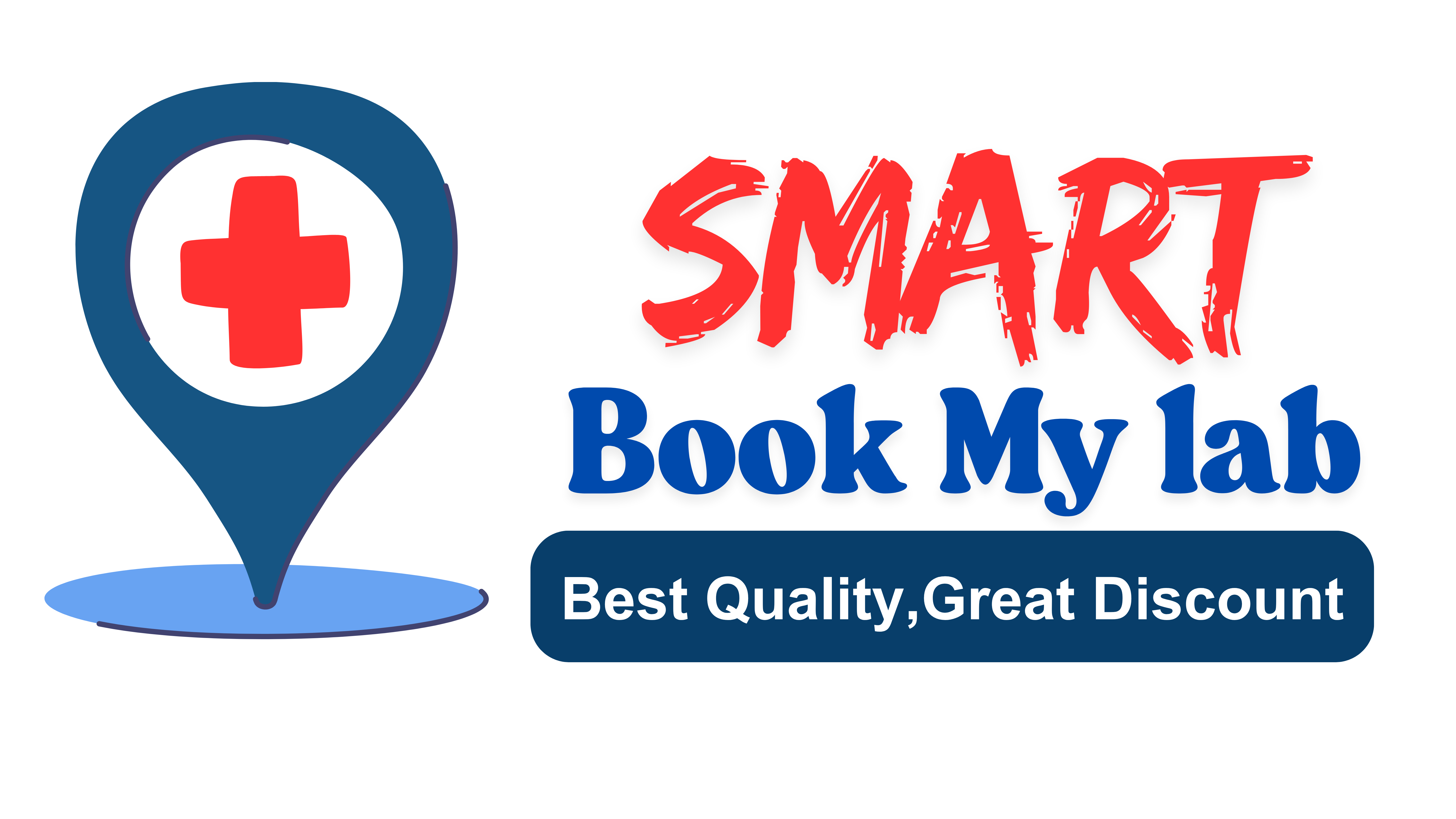ECHOCARDIOGRAPHY (ECHO)
What is an Echo scan?
An echocardiogram (also known as an "echo") is a non-invasive medical test that uses high-frequency sound waves to produce images of the heart. It's commonly used to:
Evaluate Heart Health
1. Heart Structure: Echo helps assess the heart's chambers, valves, and walls.
2. Heart Function: It evaluates the heart's pumping efficiency and blood flow.
3. Valve Function: Echo checks the heart valves' proper opening and closing.
How Echo Works
1. Ultrasound Technology: Echo uses ultrasound waves to create images of the heart.
2. Probe Placement: A probe (transducer) is placed on the chest to capture images.
3. Image Analysis: The images are analyzed to diagnose heart conditions.
Types of Echo Tests
1. Transthoracic Echocardiogram (TTE): A standard echo test.
2. Transesophageal Echocardiogram (TEE): A more detailed test using a probe inserted through the esophagus.
3. Stress Echocardiogram: An echo test performed during physical stress (exercise or medication).
Preparing for an Echo Test
1. Wear Comfortable Clothing: Wear loose, comfortable clothing.
2. Avoid Food and Drink: Avoid eating or drinking before the test (if required).
3. Follow Instructions: Follow the instructions provided by your healthcare provider or echo technician.


